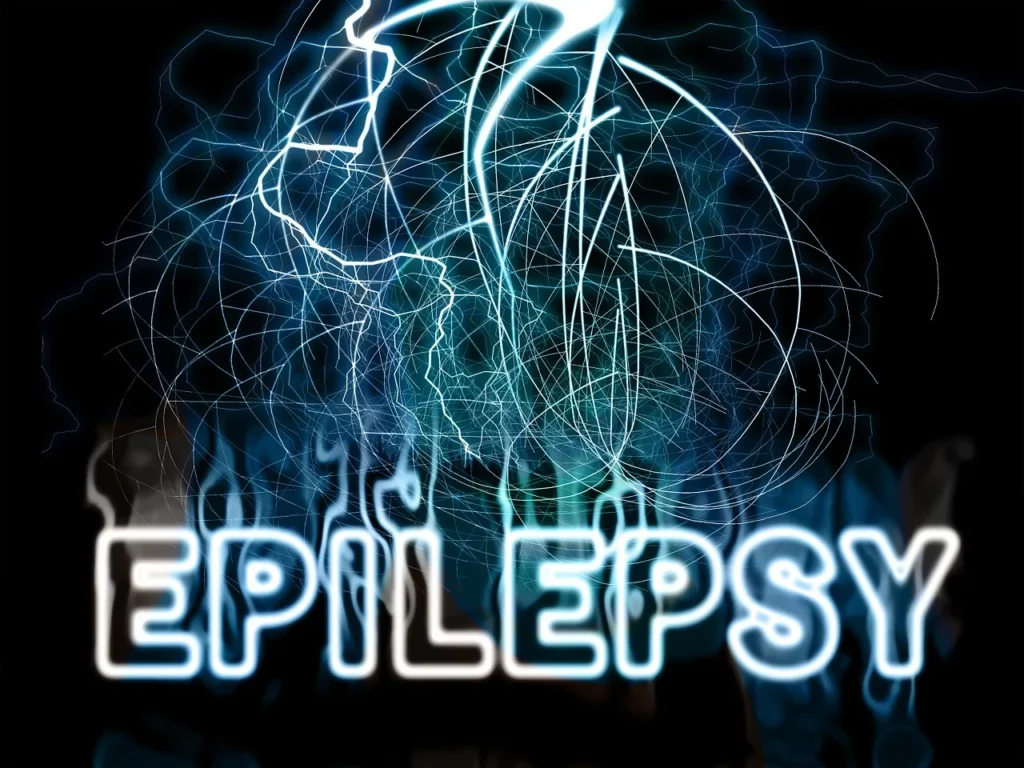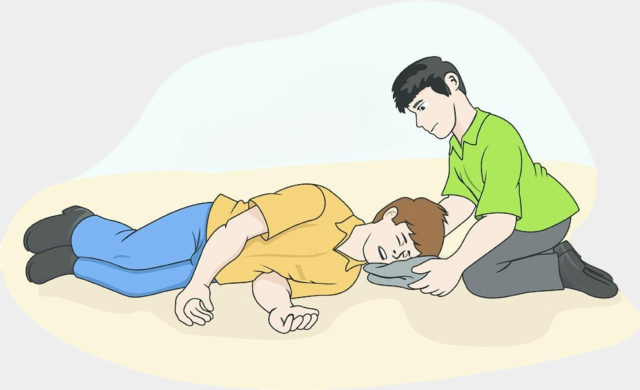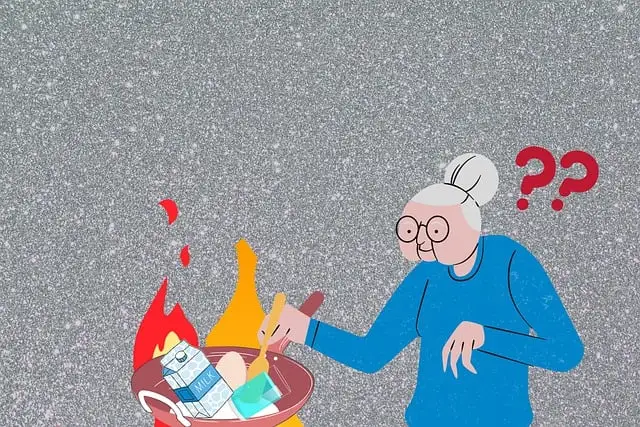A mental health illness known as conversion disorder is characterized by abnormalities in brain function. A person experiences uncontrollable physical symptoms as a result of this. Seizures, paralysis or weakness, or decreased input from one or more senses (sight, sound, etc.) are possible symptoms. Treatment for this illness might typically involve a variety of therapies.
What is conversion disorder?
Conversion disorder, often referred to as functional neurological symptom disorder, is a mental illness that manifests as physical symptoms. Your brain “converts” the impacts of a mental health problem into disruptions of your neurological system or brain, which is why the symptoms occur. Although the symptoms are real, they don’t correspond with any known disorders of the brain.
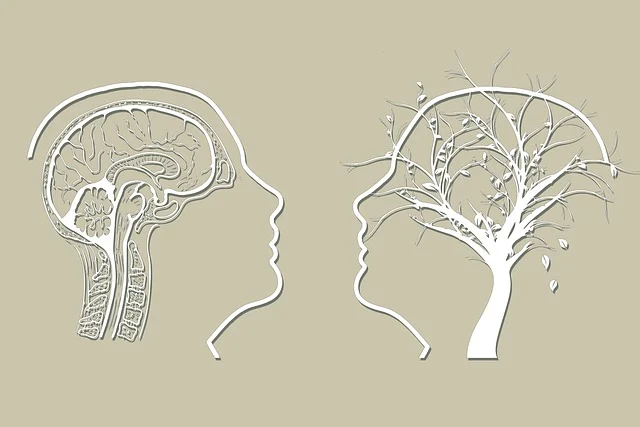
It’s critical to understand that conversion disorder is a legitimate mental illness. It’s not a pretense or a way to get attention. It is more than just something someone imagines or conjures up in their minds. Even though it’s a mental illness, there are actual physical signs. An individual suffering from conversion disorder is unable to manage their symptoms with mere effort or contemplation.
Types of conversion disorder
Although further research is required, doctors currently believe that there are two basic forms of conversion disorder.
- Psychogenic no epileptic seizures (PNES): Seizures known as psychogenic no epileptic seizures (PNES) may resemble epileptic seizures in appearance, but they are not brought on by the same aberrant electrical signals in the brain. Rather, stress or a strong emotional reaction to something you feel you can’t handle is thought to be the cause of PNES. You have an increased chance of developing PNES if you are assigned female at birth (AFAB). Usually, it begins in early adulthood.
- Functional movement disorder (FND): One kind of conversion disease that affects how your body moves is called functional movement disorder (FND). It may impact all of your body’s muscles or just one particular group of muscles. You might not be able to move one arm or leg, for example. Alternatively, you can be experiencing tremors (shaking), stiff muscles, or balance issues.
Signs and symptoms
Symptoms that impair voluntary motor or sensory function usually come unexpectedly and go away just as quickly, for no apparent physiological explanation.
Many times, the physical signs of conversion disorder are explained as your body coping mechanism for unresolved stress or suppressed emotions that led to the condition. Stated differently, the individual is diverted from the emotional strain by the physical symptoms. Movement function and senses are usually affected by conversion disease.
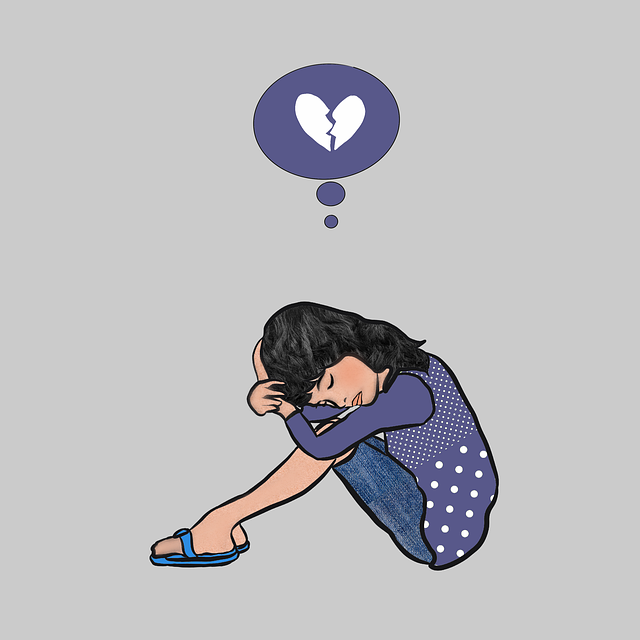
Conversion disorder can manifest as any kind of neurological impairment, such as:
- unusual gait or trembling
- double vision or blindness
- Deafness or hearing impairments
- Coordination problems An episode of no responsiveness
- imbalance loss
- Anosmia, or the loss of smell
- absence of feeling (anesthesia)
- voice loss (aphonic)
- Lack of feeling or numbness in response to touch
- Convulsions or seizures
- slurred or nonexistent speech
- momentary loss of eyesight or double vision
- Having difficulty swallowing or experiencing “a lump” in your throat
- weakness or immobility
Risk factors
It is uncommon to have conversion condition. Out of 100,000 people, 4–12 are diagnosed with it. While anyone can possess it, most people are older than ten.
The following are some risk factors for conversion disorder:
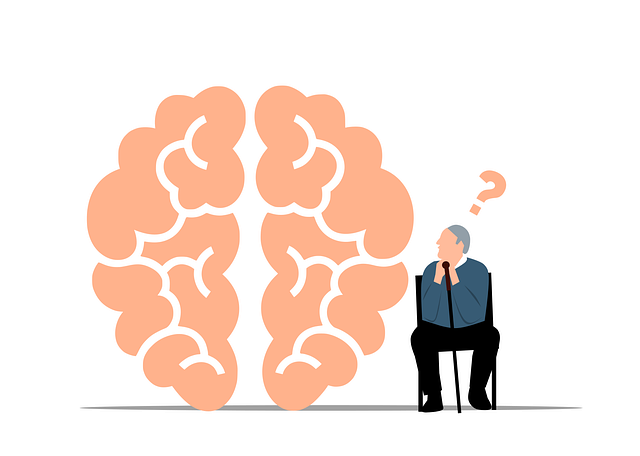
- Being AFABB
- Abuse, particularly in the early years
- having recently been in the midst of a tragic or stressful event
- having another mental illness, particularly depression or anxiety
- tense interactions with coworkers, family, or friends; distaste for your job
- Disorders with somatic symptoms
Diagnosis of conversion disorder
The following criteria must be met in order for conversion disorder to be diagnosed by the APA:
- You have no control over them, and they impair your senses and movement.
- That’s not a fake, at all.
- No other ailment, medication, or behavior may account for them.
- They don’t stem from another mental health issue.
- They are stressful in professional and social contexts.
To diagnose conversion disorder, there is no test. Rather, your physician must rule out any alternative neurological, psychiatric, or physical explanations for your symptoms. Most likely, you’ll have:
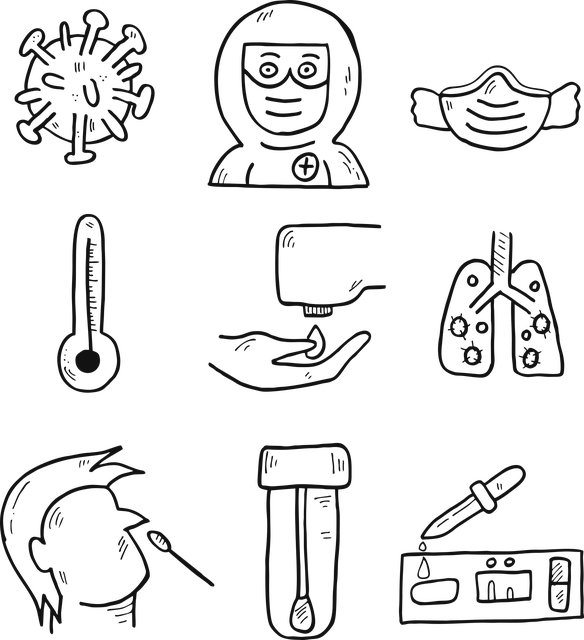
medical examination.
In addition to checking you out, your doctor will inquire about your symptoms. If there have been any stressful incidents recently, they could inquire. They could additionally:
- blood examinations
- imaging examinations (such an MRI or CT scan)
- cardiac examinations (like an EEG)
- Tests known as “evoked potentials” are non-invasive procedures used to gauge brain electrical activity.
Mental health assessment.
Your doctor can suggest seeing a mental health professional if they are unable to identify a medical cause for your symptoms. You’ll discuss your behaviors, emotions, and thoughts with someone in private. Conversion disorder can occasionally coexist with other mental health conditions such post-traumatic stress disorder, mood disorders, panic disorders, or generalized anxiety disorder.
Conversion disorder diagnoses are not always made quickly. Numerous tests may exacerbate your symptoms or increase your level of anxiety.
Differential diagnosis
Although conversion disorder is not a fatal illness, its symptoms can mimic those of many other serious illnesses, including multiple sclerosis and epilepsy. For this reason, your physician will need to take great care when performing examinations and compiling medical records.
Treatment for conversion disorder
Consult your doctor as soon as possible. Sometimes the knowledge that your symptoms are not caused by a major physical ailment might be relieving.
Among the possible therapies for you are:
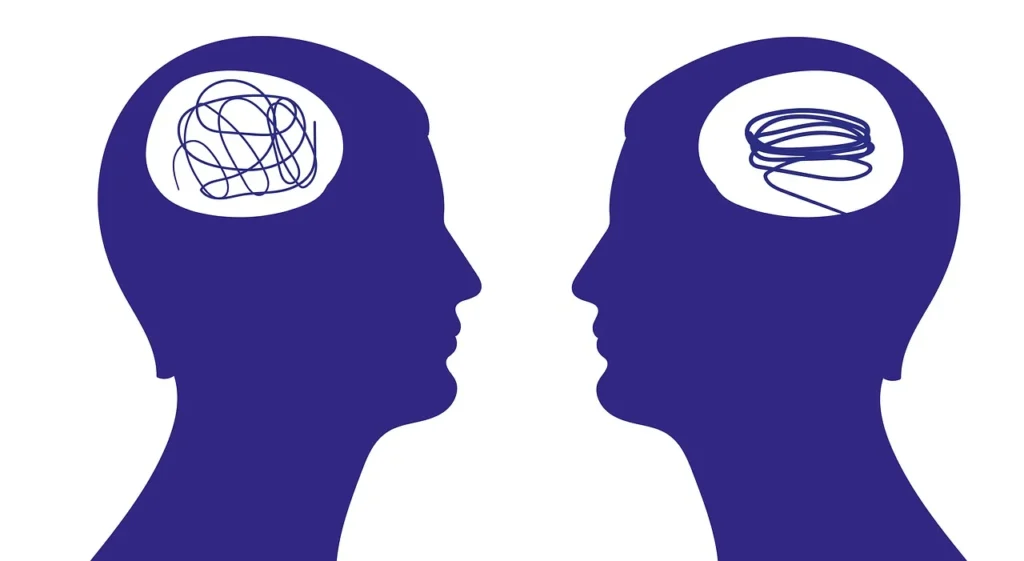
Psychotherapy: You can better manage your stress by talking to someone about it. One-on-one counseling is an option, or your doctor can recommend group treatment so you can meet other people who also suffer with conversion disorder. Resolving conflicts within the family can occasionally be beneficial as well.
Medicine: Your doctor may give medicine to treat anxiety or any other ailment they diagnose you with. In addition to relieving pain, medications may also help with other symptoms like headaches and sleeplessness.
Physical therapy: A skilled professional can assist you in controlling discomfort and enhancing your range of motion.
Distraction or stress-reduction strategies: If you take your mind off of your symptoms, they can get better. You can find strategies to divert your attention, like texting a friend or tapping a body part, with the assistance of a counselor or other qualified professional.
Noninvasive brain stimulation (NIBS): To alleviate sadness and anxiety, magnetic fields outside the body can stimulate brain cells.
Cognitive behavioural therapy: Conversion disorder is frequently treated with cognitive behavioral therapy. It teaches you how to identify and alter unfavorable mental patterns that influence your actions.
Treating other mental health issues: severe depression affects almost one-third of those with conversion disorder. Resolving the depression may help you experience less bodily problems.
Complication of conversion disorder
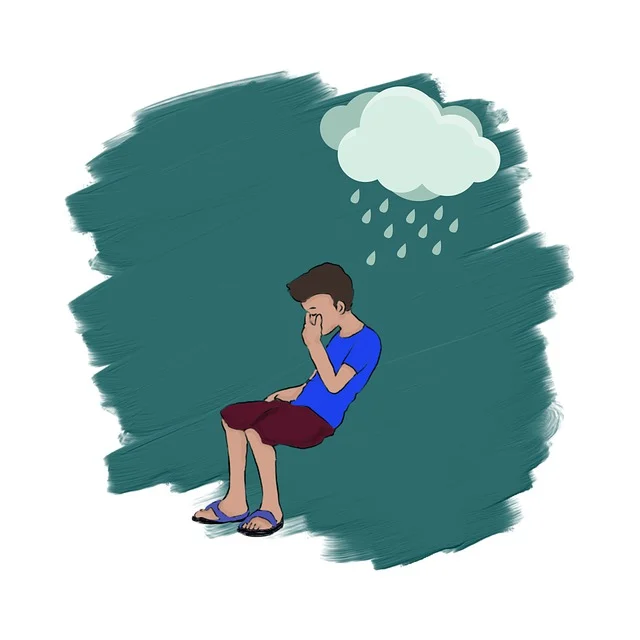
Similar to issues brought on by illnesses or diseases, certain functional neurologic disorder symptoms can cause significant disability and a low quality of life, especially if left untreated.
An association between functional neurologic dysfunction and:
- Pain
- Panic disorders are among the anxiety illnesses
- Depression
- Lack of sleep
- Weary
People with conversion disorder might experience symptoms at any stage of life, even infancy. At different ages, some symptoms are more likely. For instance, people with seizures often range in age from 20 to 29, but people with other movement-related symptoms typically range in age from 30 to 39.
Women and those who are born with the gender assigned to them are also far more likely to experience conversion disorder (DFAB). Based on existing studies, the number of women with conversion disorder is at least double that of men or those who were born with a male gender designation (DMAB).

